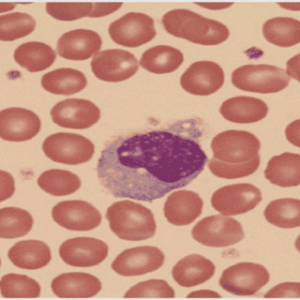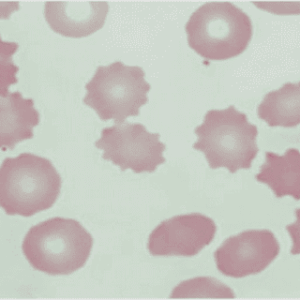(Downloads - 0)
For more info about our services contact : help@bestpfe.com
Table of contents
I. INTRODUCTION
I.1. General properties of phages
I.2. Bacteriophage properties and diversity
I.3. Tailed viruses, order Caudovirales
I.4. Bacterial cell envelope: the barrier to host cell infection
I.4.1. Cell wall
I.4.2. Cytoplasmic membrane
I.4.3. Outer membrane of Gram-negative bacteria
I.4.4. Bacterial surface structures
I.5. Bacteriophage entry in the host cell
I.5.1. Phage adsorption
I.5.1.1. Bacterial receptors
Gram-negative bacteria
Gram-positive bacteria
YueB-related membrane proteins
I.5.1.2. Phage receptor binding proteins
I.5.2. Cell wall passage
I.5.3. CM passage and DNA entry in the cytoplasm
I.5.3.1. Genome ejection through a specialized vertex
Phages of Gram-negative bacteria
Phages of Gram-positive bacteria
I.5.3.2. Capsid dissociation at the cell envelope
I.5.3.3. Fusion and endocytosis-like penetration
I.5.3.4. Forces driving tailed phages dsDNA entry in the cytoplasm
I.5.3.5. Ion fluxes accompanying phage infection
I.6. Bacteriophage SPP1
THESIS GOALS
II. MATERIALS AND METHODS
II.1. Bacterial strains and bacteriophages
II.2. Microbiology methods
II.2.1. General methods
II.2.2. Measurement of SPP1 adsorption to B. subtilis cells
II.3. Molecular biology and genetics methods
II.3.1. General recombinant DNA techniques
II.3.2. DNA separation by gel electrophoresis
II.3.3. Bacterial strains construction
II.3.3.1. Construction of YB886 isogenic strains carrying the yueB 6 deletion and yueB conditional mutants
II.3.3.2. Expression of yueB-gfp fusions
II.3.3.3. Expression of lacI-cfp fusions
II.3.4. Construction of bacteriophage SPP1delX110lacO64
II.4. Biochemical methods
II.4.1. Protein analysis by SDS-PAGE and Western blotting
II.4.2. Fractionation of B. subtilis extracts and Western blot of YueB engineered versions
II.4.3. SPP1 phages disruption
II.4.4. Chemical modification of bacteriophages
II.5. Fluorescence microscopy
II.5.1. Phage binding localization
II.5.2. Internal YueB localization
II.5.3. External YueB localization
II.5.4. Phage DNA detection
II.5.5. Image acquisition
II.6. Measurements of ion fluxes and determination of the membrane voltage
II.7. Electron microscopy
III. RESULTS
III.1. SPP1 – induced changes in the host cell CM
III.1.1. Optimization of the conditions for SPP1-induced CM depolarization
III.1.2. Comparison to other B. subtilis phages
III.1.3. CM depolarization caused by SPP1 infection requires the phage receptor YueB and depends on its abundance at the bacterial surface
III.2. Effects of Ca2+ ions on SPP1 infection
III.3. Analysis of SPP1 infection in space and time
III.3.1. Localization of SPP1 particles on the surface of B. subtilis
III.3.2. Cellular localization of SPP1 receptor YueB
III.3.3. Localization of SPP1 DNA in infected cells
III.4. Ca2+ ions effect on SPP1 DNA entry
IV. DISCUSSION
IV.1. The interaction of SPP1 with YueB triggers a very fast depolarization of the B. subtilis CM.
VI.2. Effect of Ca2+ ions in SPP1 infection
VI.3. Spatio-temporal program of SPP1 entry in B. subtilis
VI.4. The working model
VI.5. Perspectives
REFERENCES




